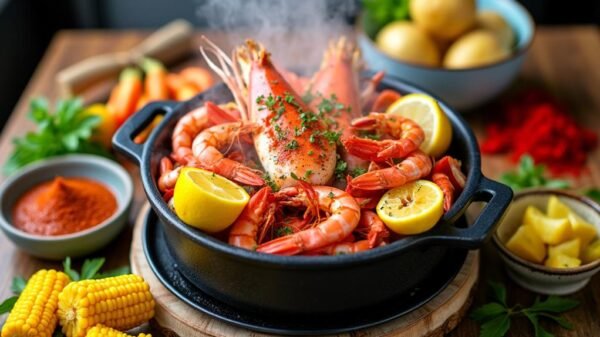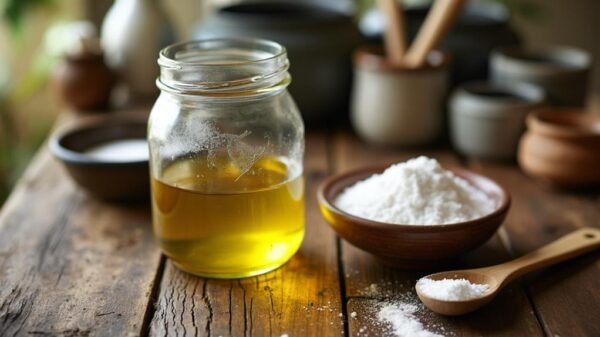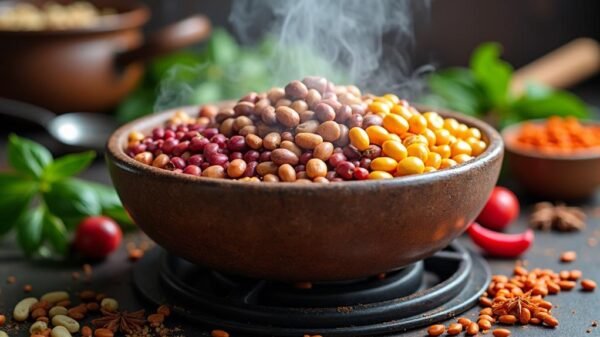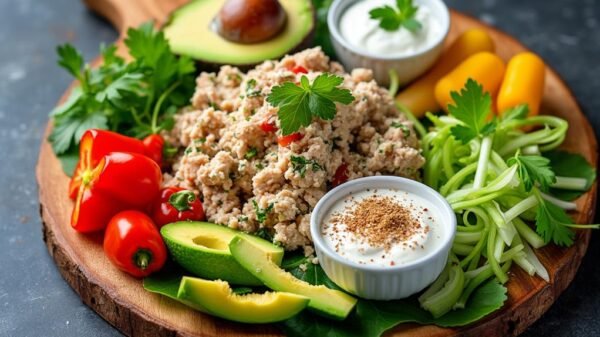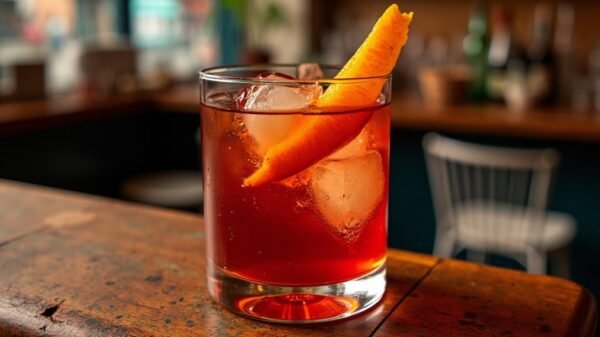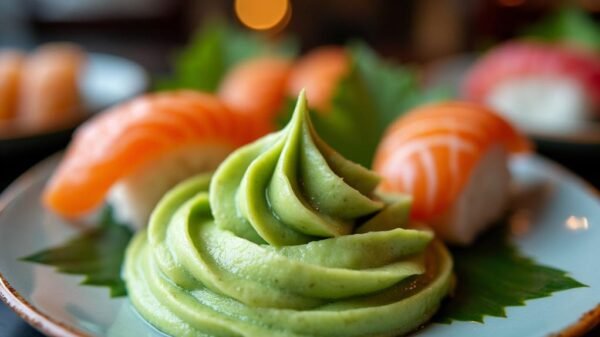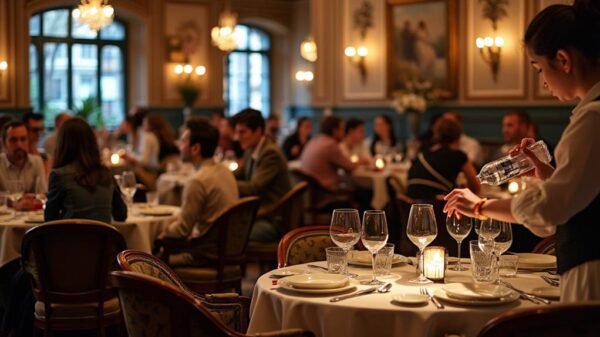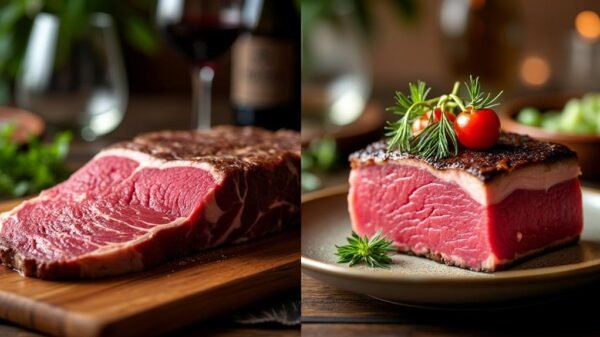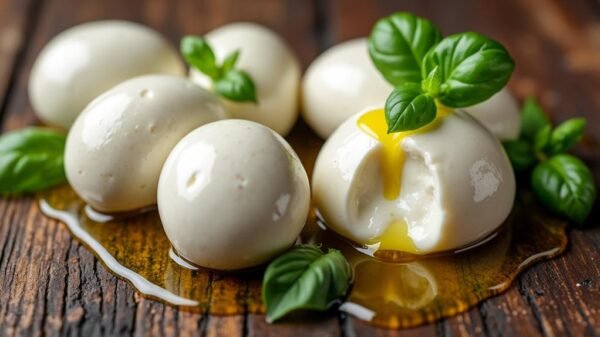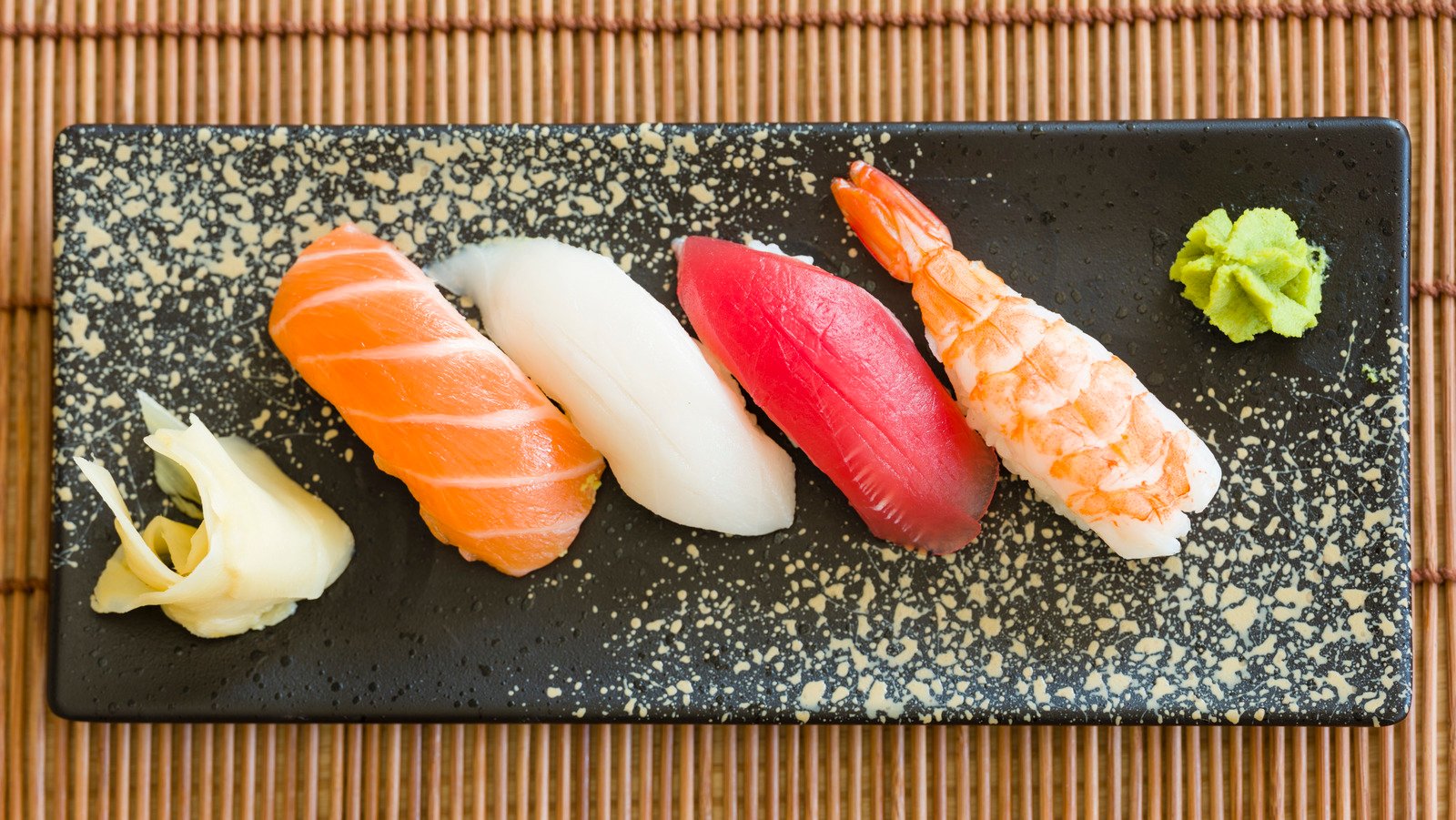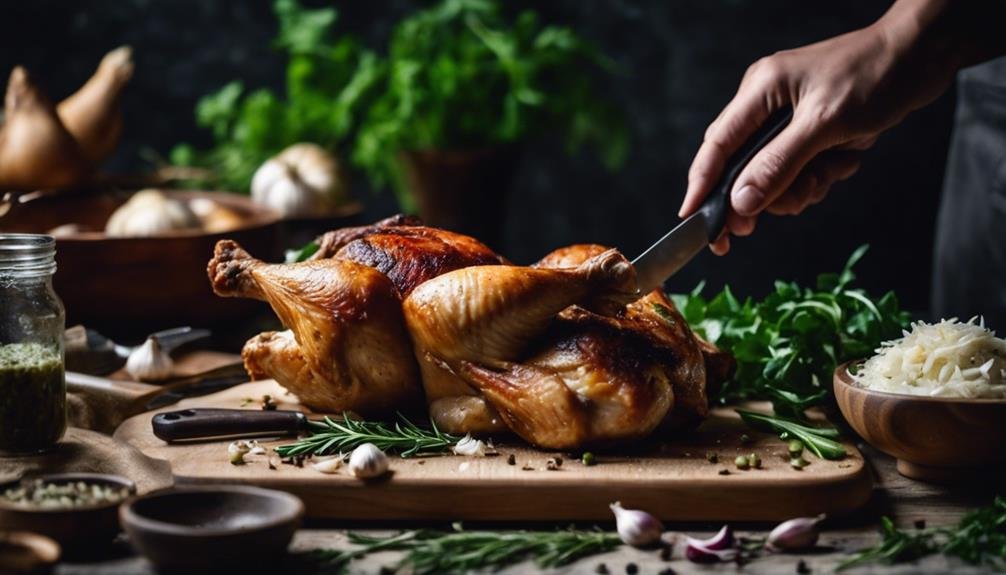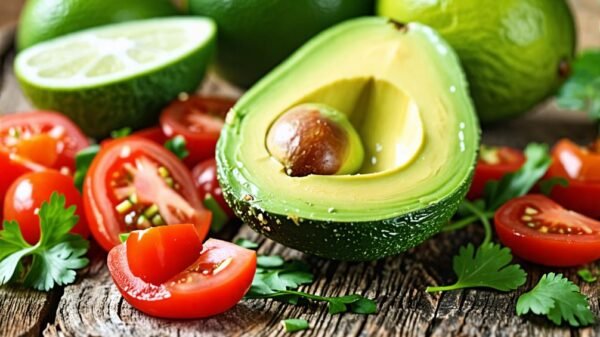Exploring the Distinctive Flavor of Real Wasabi
The Unique Texture and Taste of Real Wasabi
Experiencing real wasabi can be a revelation for sushi enthusiasts. Unlike the putty-like version found at most eateries, authentic wasabi offers a distinctive texture and taste. Fresh wasabi, once grated, resembles finely grated daikon radish. For those unfamiliar with daikon, picture finely grated red-skinned supermarket radish. This texture is grainy and slightly moist, combining a sharp yet surprisingly gentle flavor profile.
The complexity of real wasabi sets it apart from the reconstituted powdered kind commonly available. While the latter can be quite fiery and punishing, fresh wasabi provides a more nuanced, though still potent, experience.
Maximizing the Flavor of Fresh Wasabi
To truly appreciate real wasabi, timing is critical. Upon grating, the root starts to lose its pungency almost immediately. Therefore, it’s best to consume it right away. Incorporating fresh wasabi directly onto your sushi can significantly enhance your overall dining experience.
When mixing wasabi with soy sauce, a practice beloved by many, there’s a risk of diluting the distinctive taste of authentic wasabi. Instead, try applying it directly to the sushi itself. This method preserves the unique flavor, allowing it to complement rather than compete with the soy sauce.
Real Wasabi vs. Imitation: Why It Matters
The key component in most wasabi served in restaurants is often just a mix of horseradish, mustard, and food coloring. In contrast, real wasabi is derived from the Wasabia japonica plant, primarily grown in Japan. This true wasabi plant has been cultivated for centuries in regions with specific climatic conditions, making it a rare and prized ingredient.
Real wasabi contains isothiocyanates, compounds known for their potential antibacterial and anti-inflammatory properties. These compounds contribute to the distinctive yet smoother heat of real wasabi compared to its imitation counterparts. Thus, not only is the sensory experience different, but there may also be added health benefits.
The Cultural Significance of Wasabi in Japanese Cuisine
For many in Japan, wasabi isn’t just a condiment but a cultural heritage. The tradition of using fresh wasabi complements the meticulous care seen in Japanese cuisine. From sushi to sashimi, authentic wasabi serves as a bridge between flavors, balancing the richness of fish with a hint of heat.
Traditional wasabi cultivation remains a labor-intensive process. The Wasabia japonica plant requires pristine water conditions and precise temperatures to flourish. Farmers in regions like Shizuoka and the Izu Peninsula have passed down their cultivation techniques through generations, preserving not just a plant, but a piece of cultural history.
Bringing Home the Experience of Real Wasabi
While sourcing real wasabi can be a challenge outside of Japan, specialty stores and online retailers sometimes offer fresh wasabi rhizomes. When buying, look for suppliers who guarantee the authenticity of their product. Once acquired, fresh wasabi should be stored in a slightly damp cloth, kept cool, and consumed within a few days for optimal flavor.
Grating real wasabi should be done with care, preferably using a sharkskin or stainless steel grater to achieve the right consistency. The moment of grating releases the wasabi’s signature flavor, so prepare it just before serving to appreciate its full spectrum of taste.
Final Thoughts
The experience of real wasabi offers a sensory delight far exceeding that of imitation mixtures. Its unique texture, flavor, and cultural significance add depth to any Japanese dining experience. By understanding how to appreciate fresh wasabi, from its preparation to immediate consumption, sushi lovers can elevate their culinary adventures, savoring an authentic taste that stays true to centuries-old traditions.





